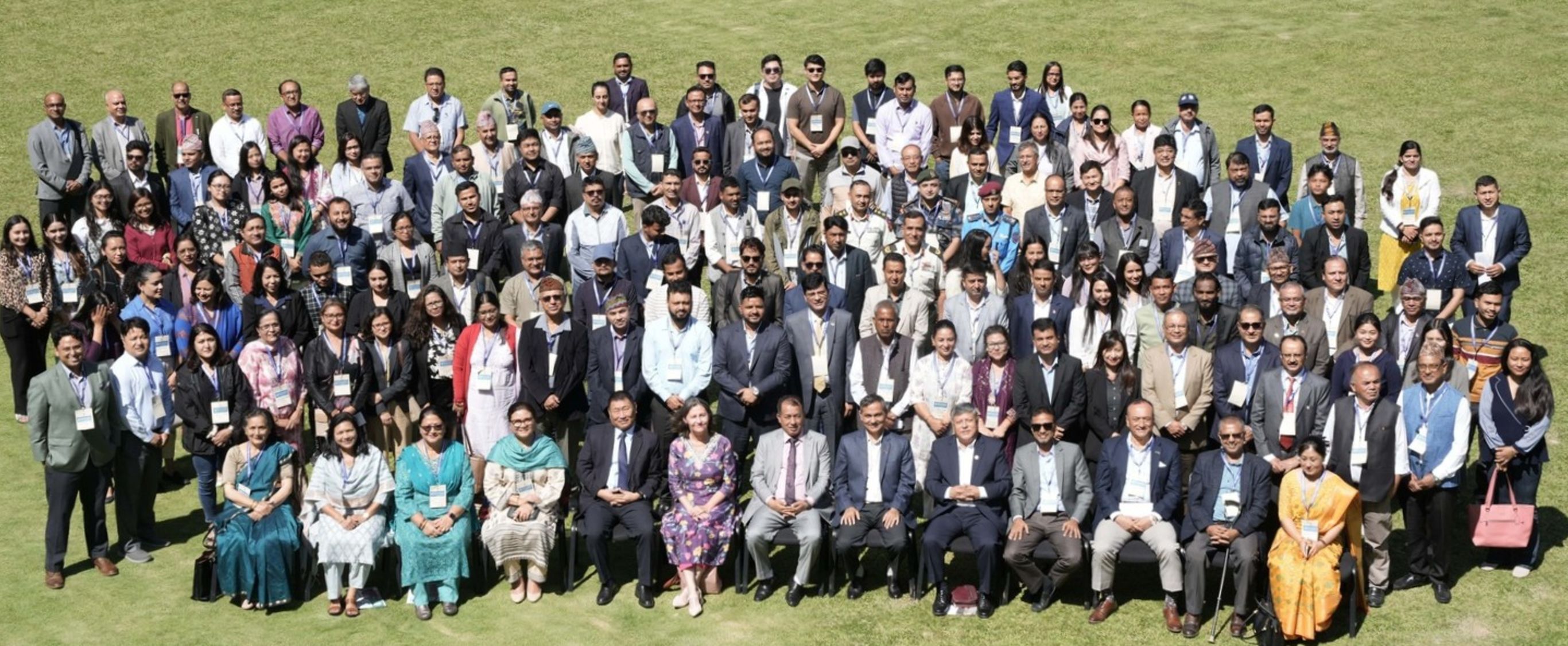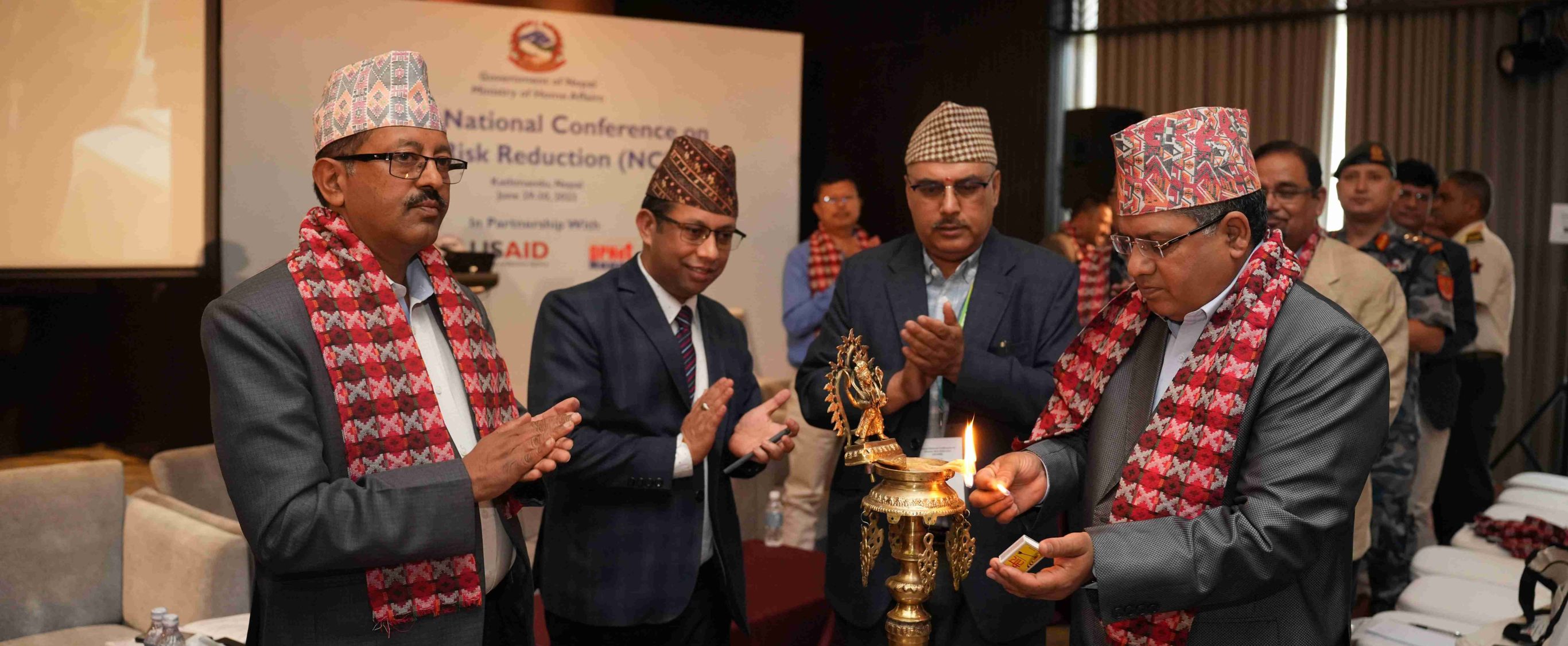
4th National Conference on Disaster Risk Reduction (NCDRR) -2025

World Humanitarian Day (2025)

Disaster Preparedness Network-Nepal (DPNet), established in 1996, stands as a key national umbrella organization dedicated to enhancing disaster management in Nepal through a unified approach involving national and international agencies. The core focus of DPNet is on fostering coordination, collaboration, learning, and sharing of experiences in strengthening disaster management practices. The organization plays a crucial role in knowledge management, capacity building, policy advocacy, and in facilitating networking among government and relevant stakeholders.
Kathmandu, October 7, 2025 — A preparatory meeting for the upcoming International Day for Disaster Risk Reduction (IDDRR) and the 4th National Conference on Disaster Risk Reduction (NCDRR) was successfully held through the Zoom Meeting. Dr. Raju Thapa facilitated the meeting which brought together key representatives, including Mr. Dinesh Bhatta, Executive Chief of the National Disaster Risk Reduction and Management Authority (NDRRMA); Mr. Ram Bahadur KC, Spokesperson of NDRRMA; as well as DPNet Advisors, Technical Advisors, and partner representatives.
Kathmandu, October 6 – The Disaster Preparedness Network Nepal (DPNet), in collaboration with the Nepal Red Cross Society (NRCS) and the NGO Federation of Nepal, organized a virtual coordination meeting to review the impacts of recent heavy monsoon rains and assess immediate needs in the most affected areas, particularly Rautahat and Ilam districts. The session was facilitated by Dr. Raju Thapa, Chairperson of DPNet Nepal, and attended by around 100 participants representing various government agencies, humanitarian partners, and civil society organizations. The discussion aimed to consolidate field updates, identify priority needs, and strengthen coordination for an effective monsoon response.
Kathmandu, Oct 3 -With heavy rainfall forecast to coincide with the Dashain festival (October 4-6), the DPNet organized a virtual dialogue on October 3 to strengthen monsoon preparedness and response in collaboration with transport entrepreneurs. The session brought together officials from National Disaster Risk Reduction and Management Authority (NDRRMA), the Department of Hydrology and Meteorology (DHM), the National Federation of Transport Entrepreneurs of Nepal, News Agency Nepal (NAN), and other disaster management actors. Dr. Raju Thapa, Member Secretary of NPDRR, facilitated the discussion. The dialogue was prompted by last year’s Jhyapaphle Khola incident and aimed to prevent similar disasters during this festival period
Please subscribe to our Newsletter to stay connected and updated